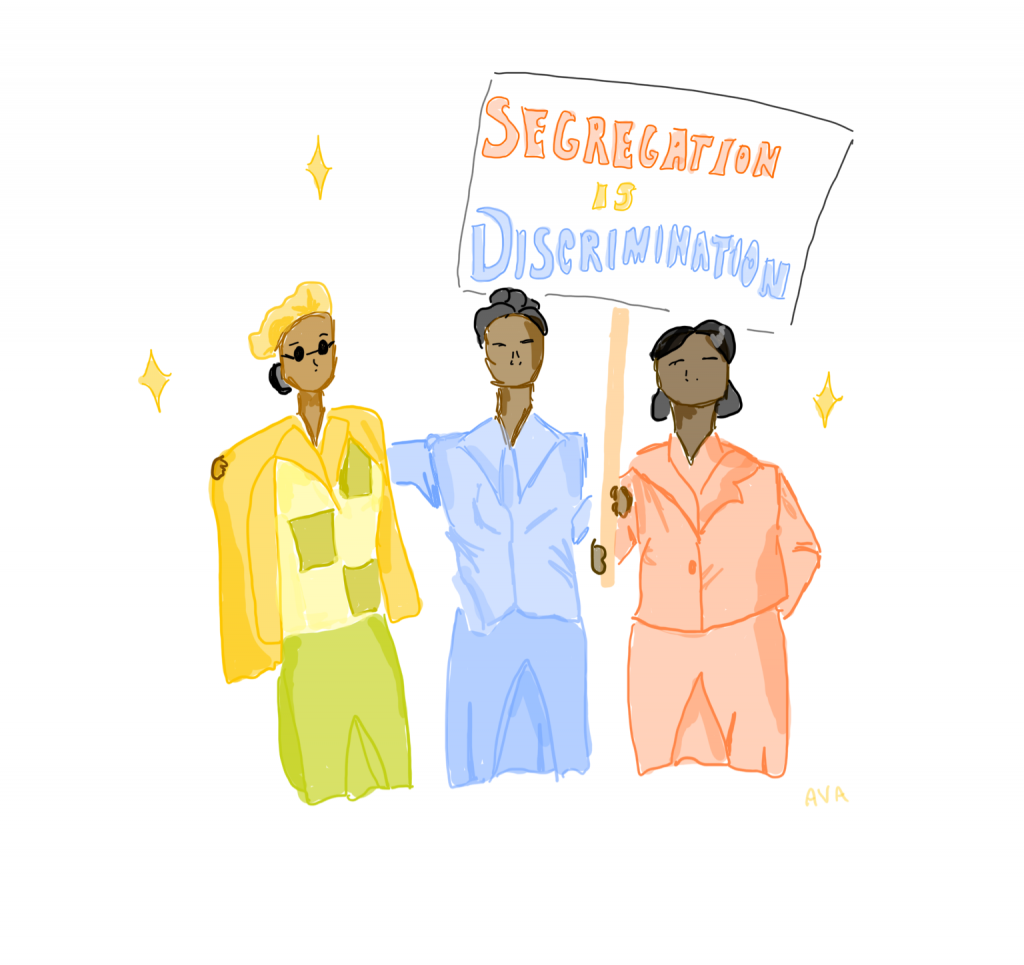As much as we like to convince ourselves otherwise, American schools are most certainly segregated. From the G.I. Bill, which stifled Black veterans’ accessibility to the growing suburbs, to redlining, which denied black neighborhoods various services by the federal government, America’s continued grappling with its past leaves a stain on our modern society. To discuss how this stain leaves its mark on America’s school system and what we can do to fix it, students from AP Government & Politics, AP Human Geography and other history classes went to the Rutgers Newark campus on Thursday, February 13th to discuss the problem with other students from over 15 other schools. These schools included Palisades Park, Verona, Neptune, Cliffside Park and Hillsborough. This was orchestrated by Mr. Appel, a history teacher at RHS, mere months before the actual event. Dealing with some mishaps along the way, and some towns dropping out the week of, he still managed to hold a crowd.
Last year, students of various history classes were required to participate in the segregation symposium in the campus center. They discussed school segregation and the causes and effects of systematic racism, inequity, injustice and its connection to public education. However, some RHS teachers noticed that the conversation could be pushed even further if kids from other towns were involved. After all, holding a discussion with students from relatively the same household income level will not, in broad terms, push one’s knowledge past their limits of what they know and understand. Speaking with students from low-income neighborhoods and schools with drastically different demographics than Ridgewood revealed that the problem is much more complex than it seems at surface level.
Once students arrived at Rutgers Newark the morning of, they were separated into a manifold of groups, each with around eight to ten chairs and only one or two belonging to a student from Ridgewood. As the other schools began to pile in and separated into groups, it was clear that this discussion was most certainly not going to mirror the symposium held last year. As they began talking to one another, it became noticeable that some of these students were victims of the systemic racial policies in America. Most of them were constituents of the school choice lottery, which could be argued is entirely unfair in practice. Some of them had lived in the Projects or in neighborhoods that had been redlined in the 30s and 40s. Most of their schools do not have air conditioning running throughout the summer and some even have entire hallways closed off because their districts do not have the funds to pay teachers to fill them. In Palisades Park, water is flooding the ceilings and mold is growing. However, the school district has remained relatively stagnant in their attempts to fix it because they do not have the sufficient funds to do.
At Ridgewood, these everyday things go unnoticed, but for districts with about a quarter of the funds that the Ridgewood School District receives, it can be hard to maintain the space and allow children to get the best education they can.
After lunch, the students were instructed to discuss solutions to the problems. Things like housing vouchers, school choice, school funding and re-drawing district boundaries were all examined. After talking in small groups, students were asked to choose what solution they most agreed with and stand in the assigned corner of the room. Here, several representatives from each group stood in front of the microphone to discuss their topic. Several confident students stood in front of almost 100 people to point out the key flaws in America’s education system, and how its benefits are disproportionately aiding the rich and white.
Once the symposium was over, Ridgewood students repeatedly recalled how eye-opening the experience was and expressed rage at some of the injustices being fought by these students that so easily had just become friends. Sam Ngai, a junior, spoke of her experience, “it’s important to have these discussions now so that future generations can have a less segregated and maybe even better education system.”
Julia Zambito
opinion editor
Graphic: Ava Haberman

